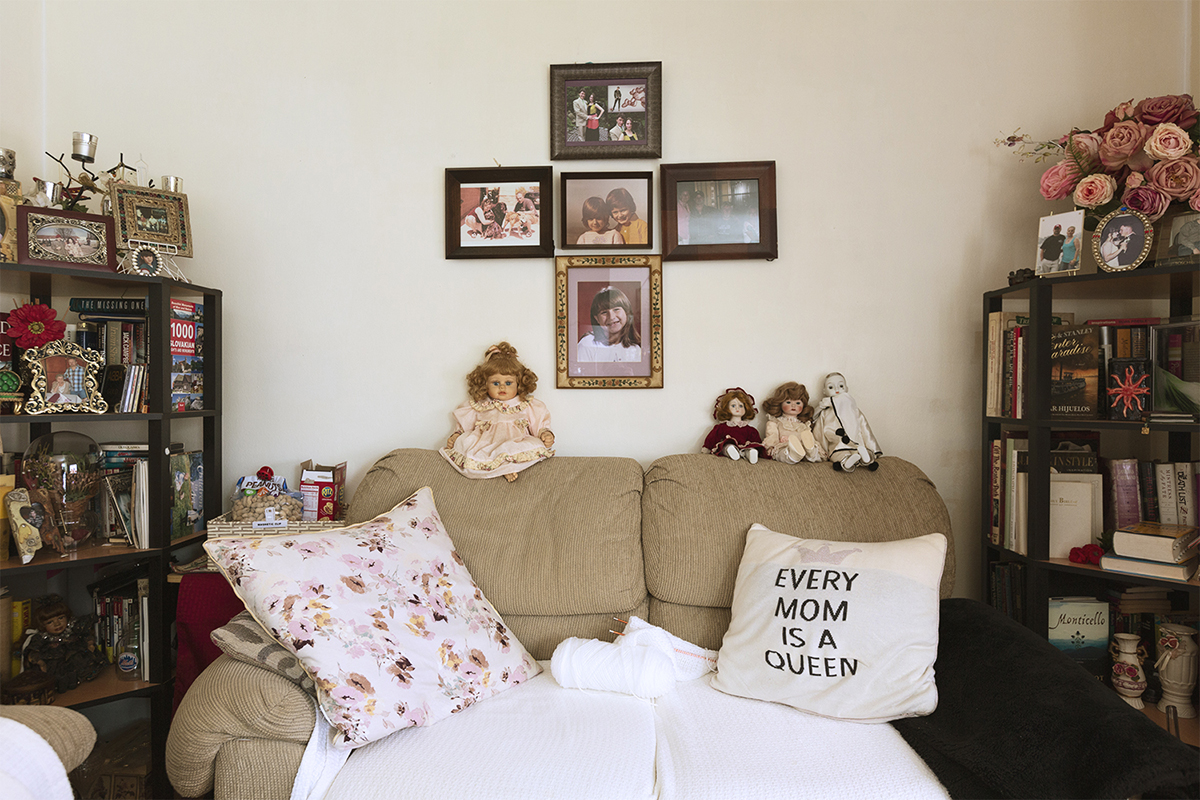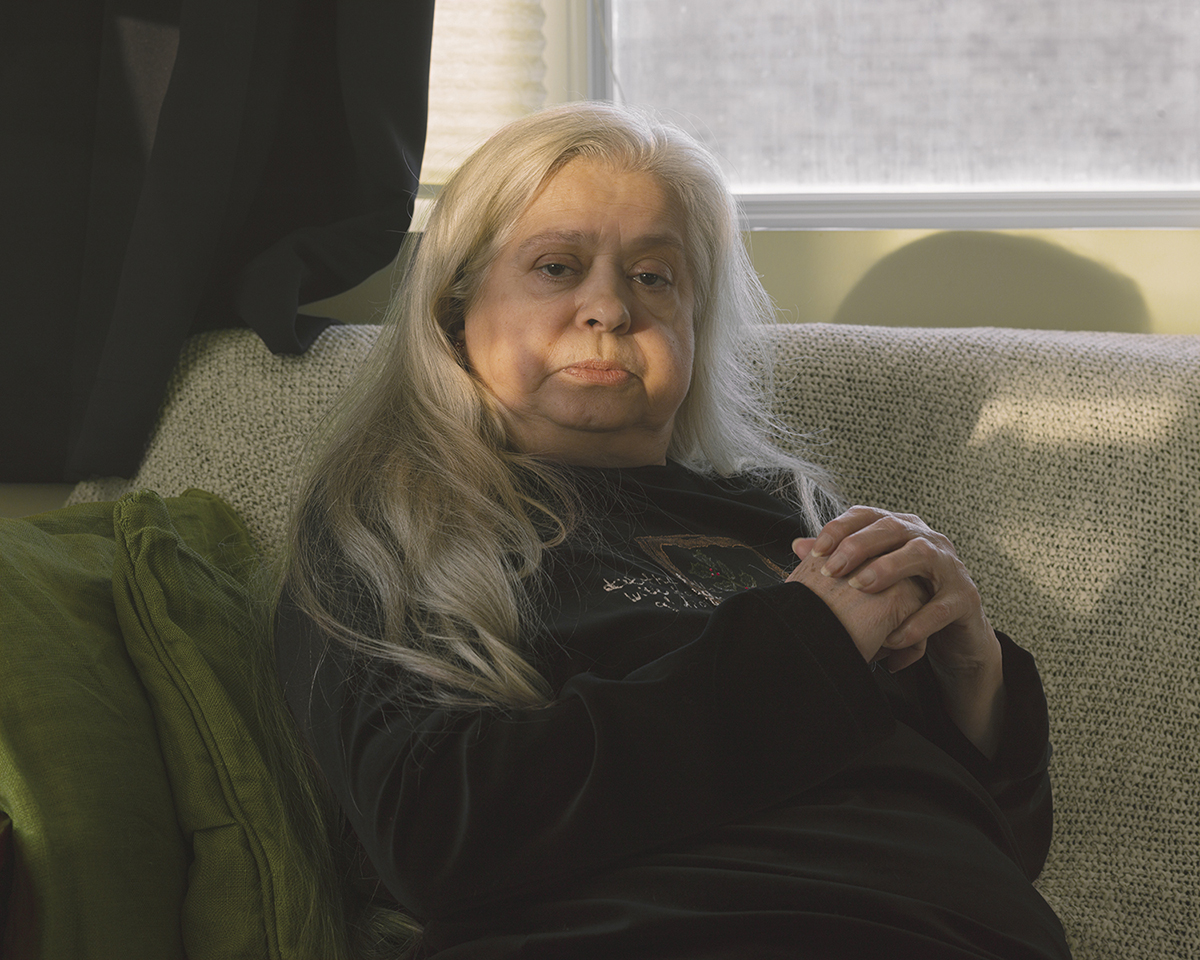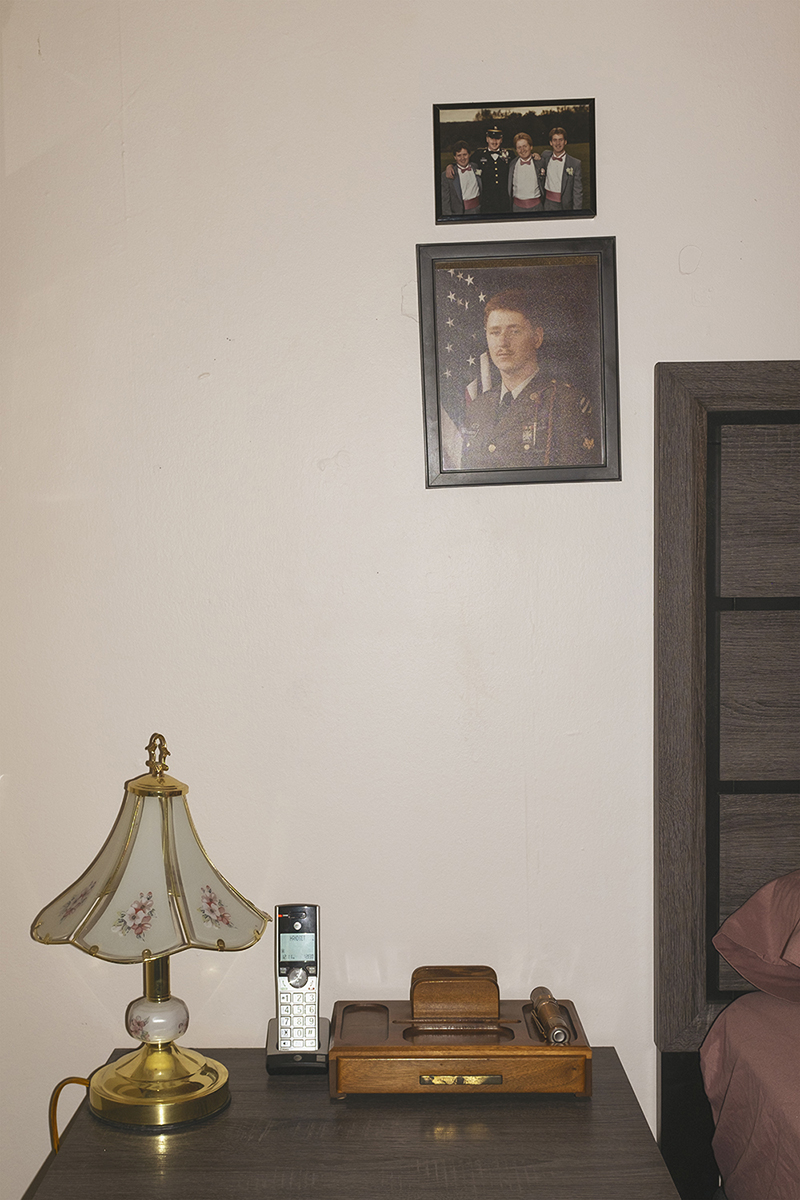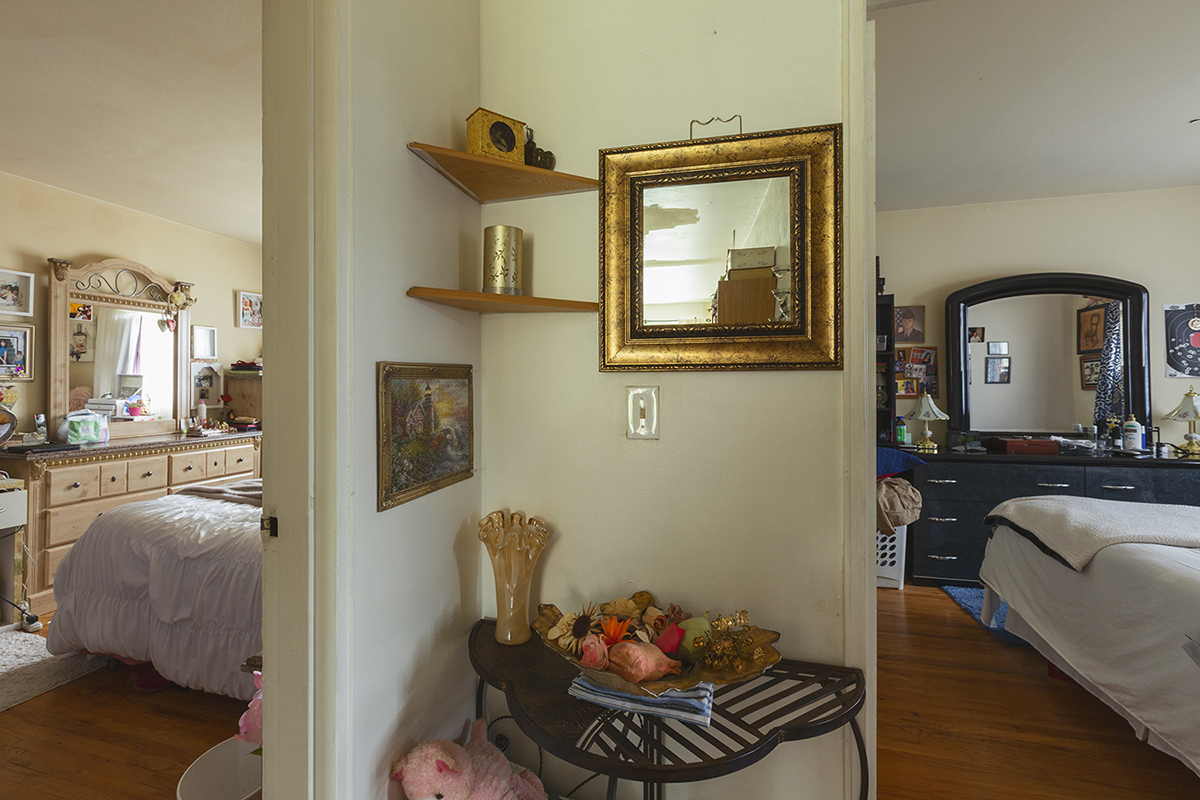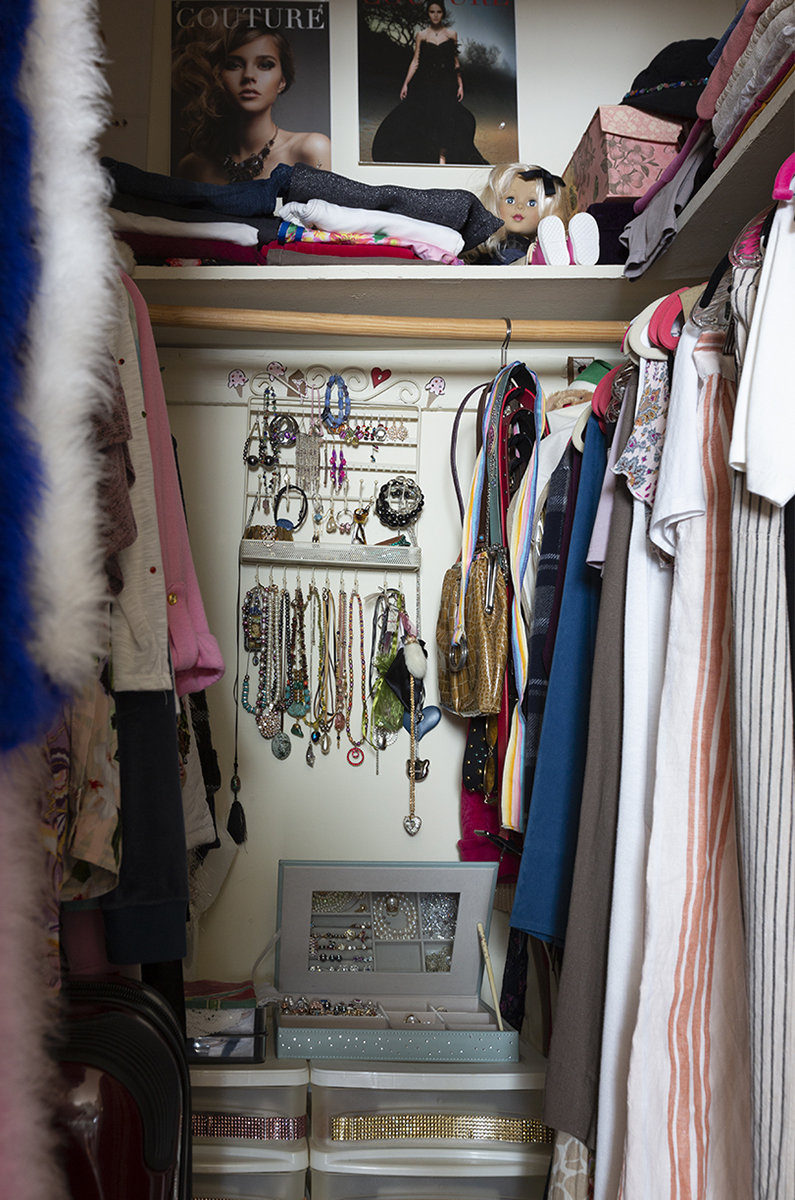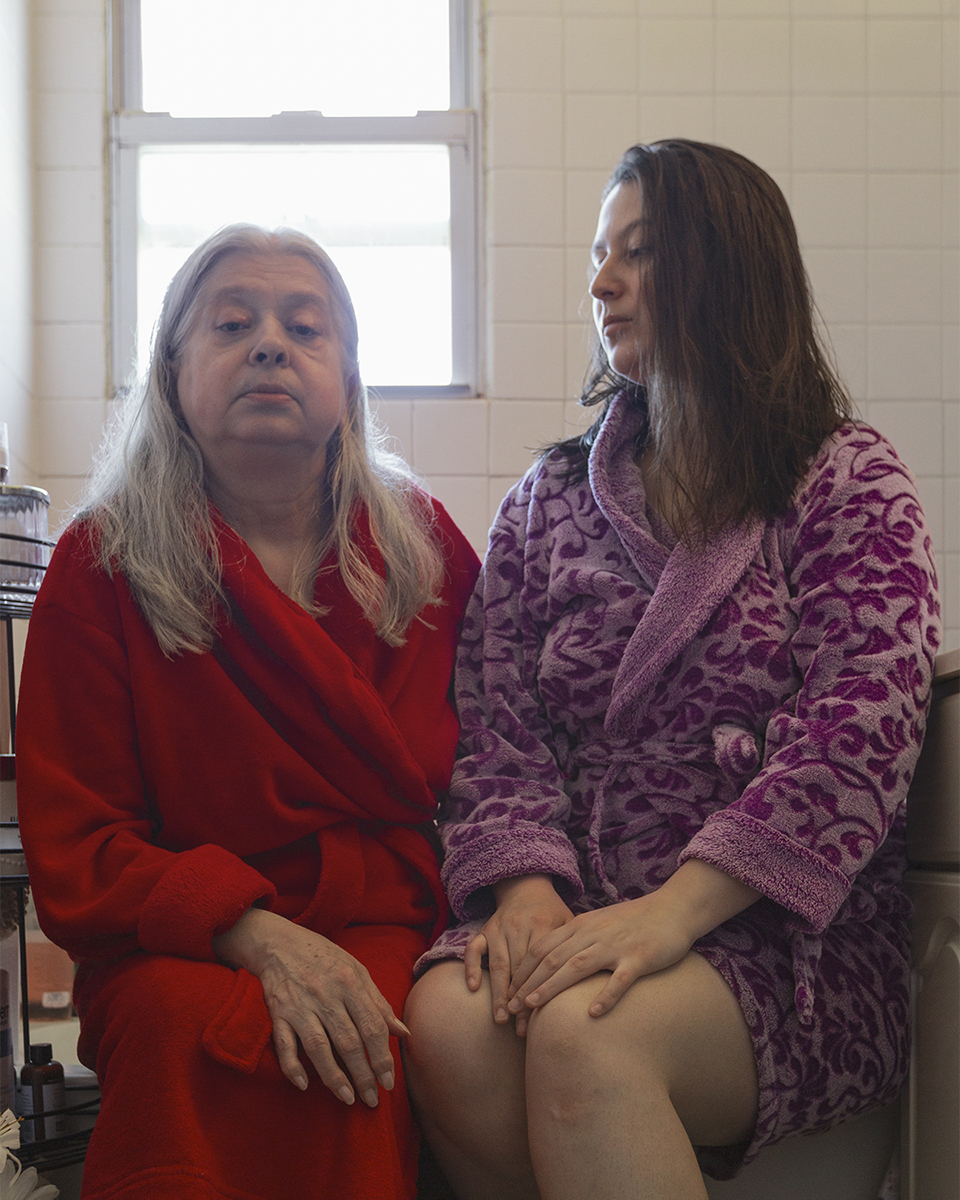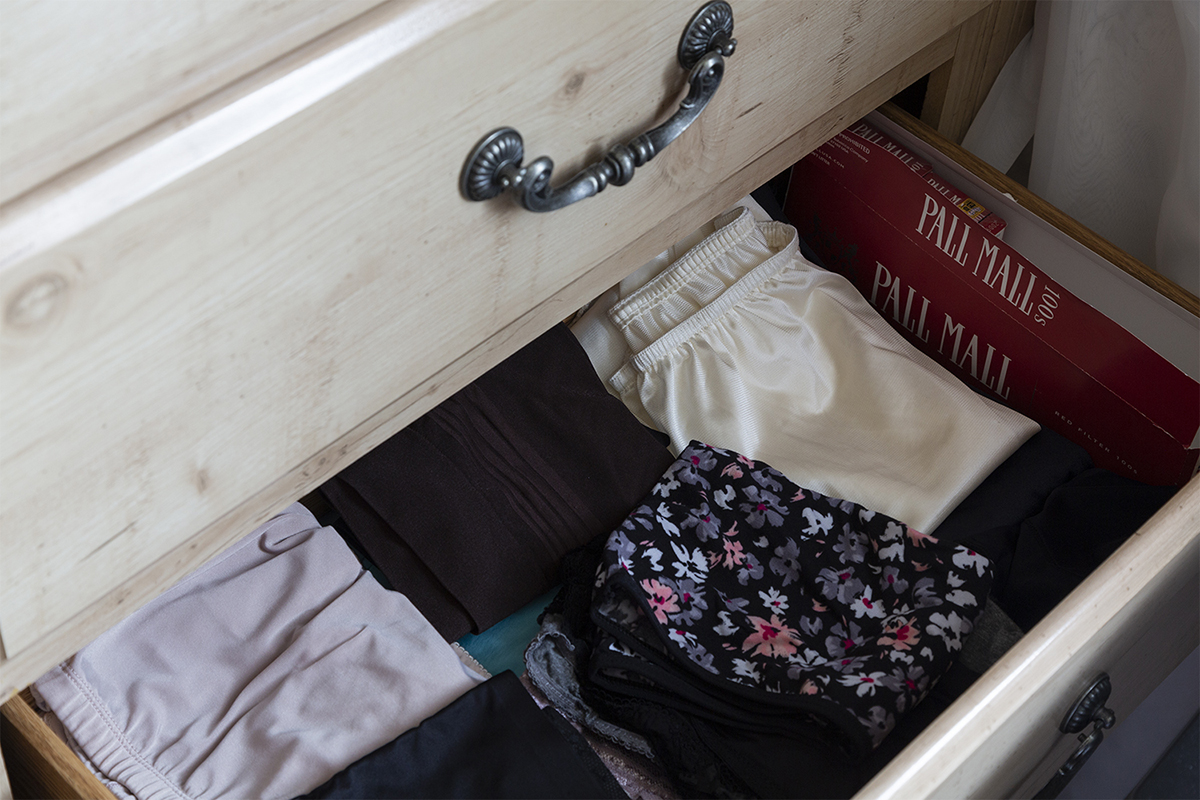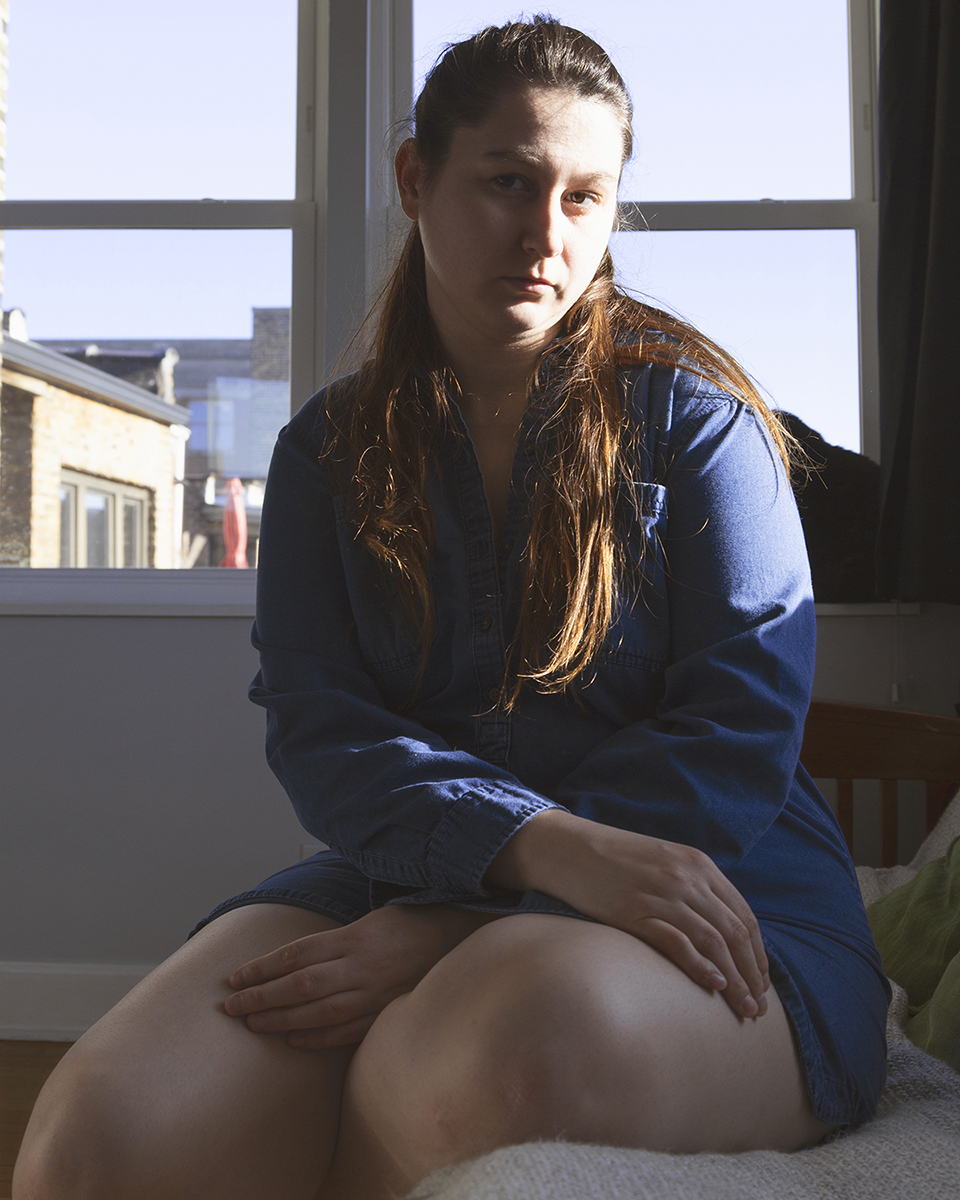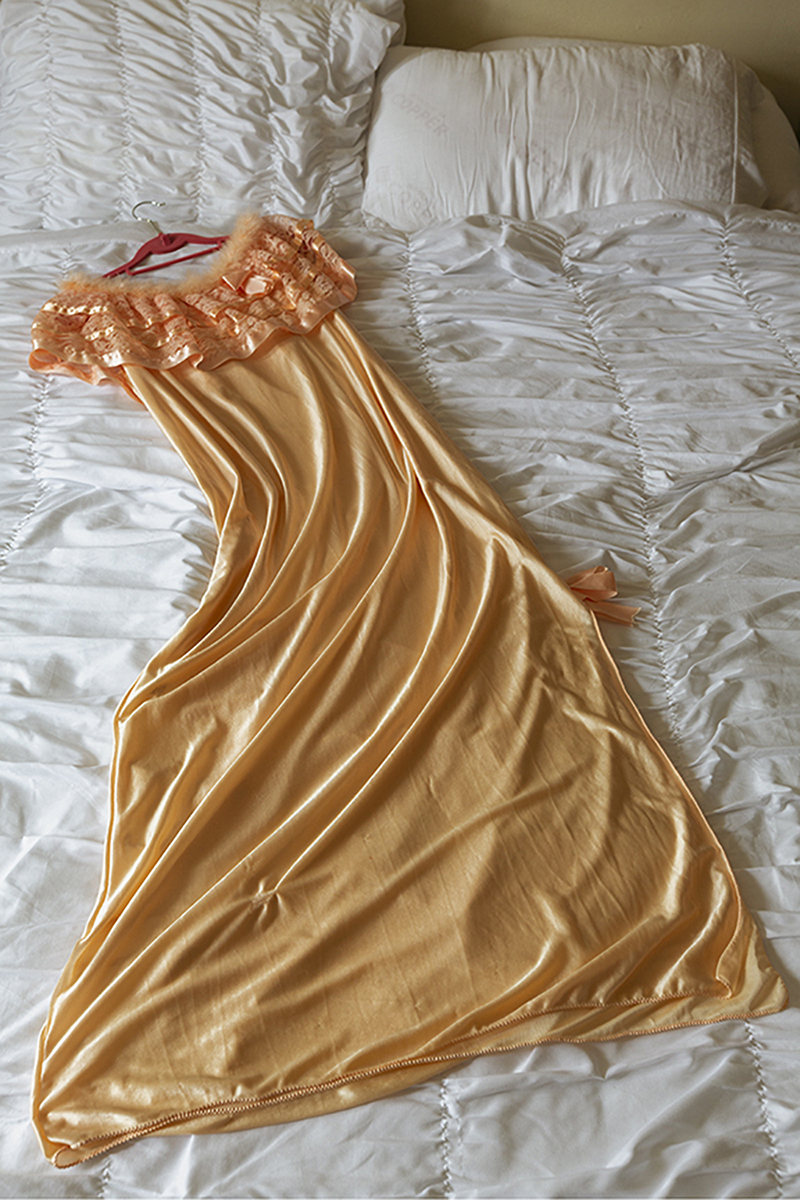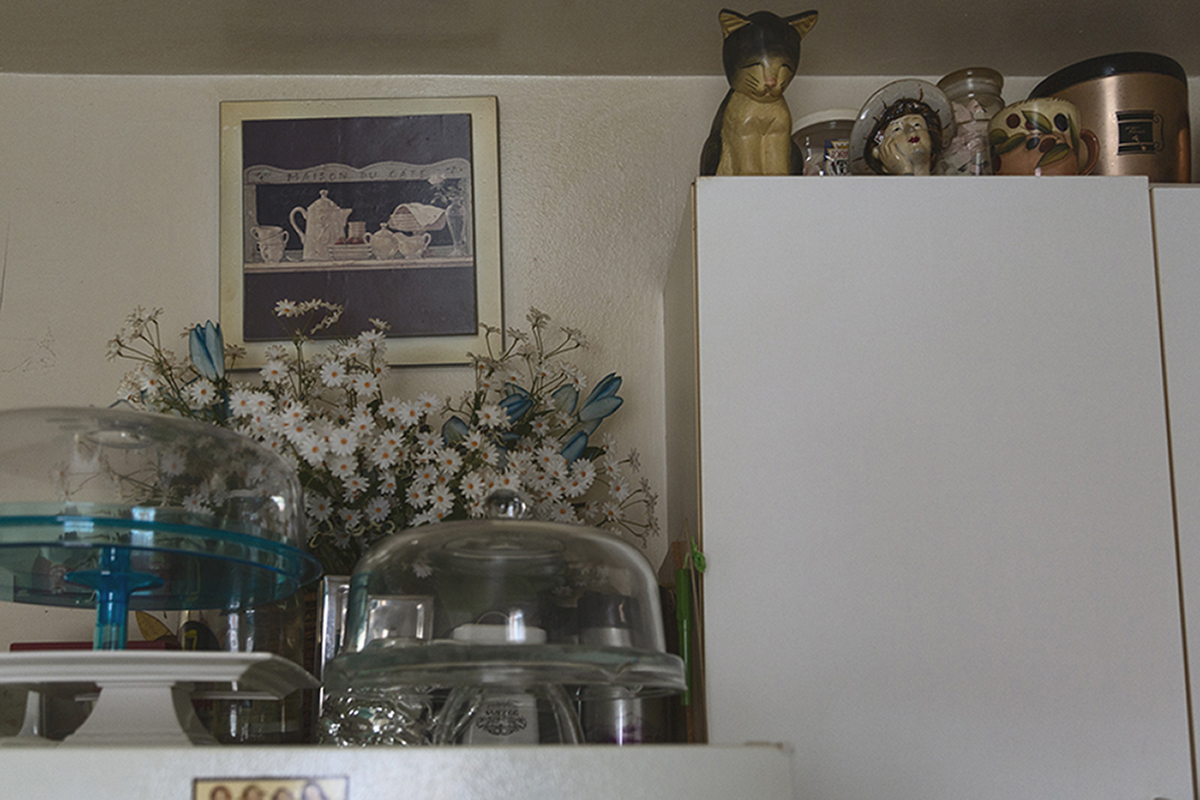When I began studying photography, I always said that my mother was my model, my muse. But, I realize that that might be a half-truth. My mother has always been a stay-at-home mom, which made photographing her very easy when I first went back to school. And now, as I have been away from her for two years, I think I took that for granted. I felt as though the next chapter in documenting my family would be through looking at my mother, trying to understand who she was and who she is now. Growing up, she always seemed aloof, distant, and disconnected from my father’s family and from the people that lived around us. She is sixty-six now, and is confined to a self-imposed exile in her apartment where she spends most of her days, while my father works his nine-to-five job providing for their household. Since coming to America in 1990, she has yet to receive her green card, or any form of permanent residency status. She has spoken to me repeatedly about her fear of walking down to the convenient store around the corner to buy a pack of cigarettes because she has no legal ID.
The space she has created in this small two-bedroom apartment became more apparent as I returned home to visit from Chicago. I often thought of her as an eccentric, dramatic woman trapped in her own little world. A world filled with her trinkets and kitschy treasures that I now see makes her life a little brighter, and more comfortable. Her space has become a place of daily solitude, and a fortress of personal reprieve. Through photographing her home, and her habits within the space, I hoped to find an understanding of how she thinks and why she surrounds herself with all of her “pretty things”. I have begun video recording my mother, the motel where we used to live, which has been condemned since 2016 and is in its early stages of demolition, and using Google Maps as a means to access this site we once called home. This ongoing body of work is deeper than a documentation of the relationship between my mother and myself. It’s about introspection and the preservation of sites and memories. It’s about confronting and contending with trauma, denial, and repression; emotions that we often try to bury and forget. It’s about the aspects of domestic space, the notion of shared experiences, and how these visceral conditions play a role within the family.
